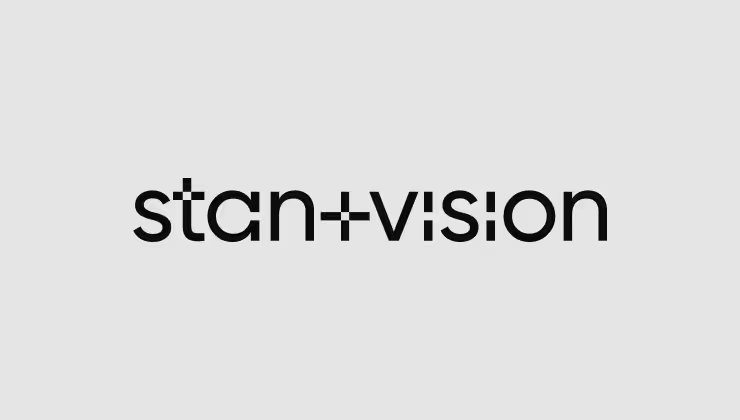At StanVision, we see fintech web design as a strategic investment - one that blends aesthetics, emotion, and engineering. It’s not only about how your platform looks, it’s about how it works and makes you feel. An effective fintech website design communicates security, transparency, and innovation while guiding users toward an informed action.
When design aligns with functionality, fintech websites convert insight into action.
Importance of user experience
Every successful fintech interface is based on empathy. Unlike e-commerce or lifestyle products, financial technology deals mostly with trust, precision, and people’s most sensitive data. Complex financial concepts must be simplified into clear, trustworthy experiences. Users should be able to navigate your platform instinctively.
Web design for fintech relies on microinteractions, data visualisation, and guided flows to make even the most technical processes approachable. Design decisions such as how a confirmation screen appears, how a graph animates or how form fields auto-complete turn anxiety into confidence.
This focus on usability not only increases retention but also supports compliance and accessibility - crucial for a regulated industry like fintech. When people can easily find information, understand their balance, and complete transactions without friction, trust follows naturally.
1. Role of branding in fintech

Branding in fintech is about consistency and emotion. Your brand must look secure, sound reliable, and act intuitive - all at once. The best fintech websites are built on systems that go beyond a logo: they craft a personality users can trust with their financial future.
Design language as reassurance
Whether it’s a dynamic interface for a crypto startup or a calm dashboard for an investment firm, the tone of your visuals can either comfort or confuse. Cohesive use of color, structured typography, and consistent iconography signal order and professionalism long before a transaction happens.
Even microinteractions like how a button animates or how confirmation messages appear reinforce your brand’s emotional reliability. A fintech brand that feels consistent creates a sense of control, and that sense keeps users coming back.

Scalable design systems
Consistency across your website, mobile app, and communications tells users: this brand is reliable, deliberate, and here to stay. At StanVision, we help brands build and maintain fintech marketing strategies through scalable design systems - ensuring every visual choice communicates stability and trust. Learn more on how we create fintech web design in our Contiant case study.
2. User-centric design

Users come to your site with specific intent - to open an account, compare plans, invest money - and our job, as designers, is to reduce friction along the way. A user-centric mindset stands at the core of every fintech design project.
Through analytics and user testing, StanVision identifies behavioral patterns that shape every touchpoint with one goal - to design for clarity, not complexity. We cover this approach in our comprehensive guide to user-centric design.
Designing for emotion
Money is emotional. Financial products must respond to stress, ambition, or uncertainty with subtle reassurance. Visual cues like success animations, guided onboarding, and supportive microcopy create an experience that feels both efficient and human.
Responsive by default
Modern finance lives on mobile. Responsive fintech web design ensures users can manage accounts, verify identity, or explore services seamlessly across devices. Every millisecond of loading time and every pixel of spacing shapes the sense of reliability, because precision builds trust.
Accessibility as inclusion
Accessible design is no longer optional. From high-contrast color palettes to voice-friendly interactions, inclusive design principles make fintech products usable by everyone - and show that your brand stands for equality, not just efficiency.
3. Security features
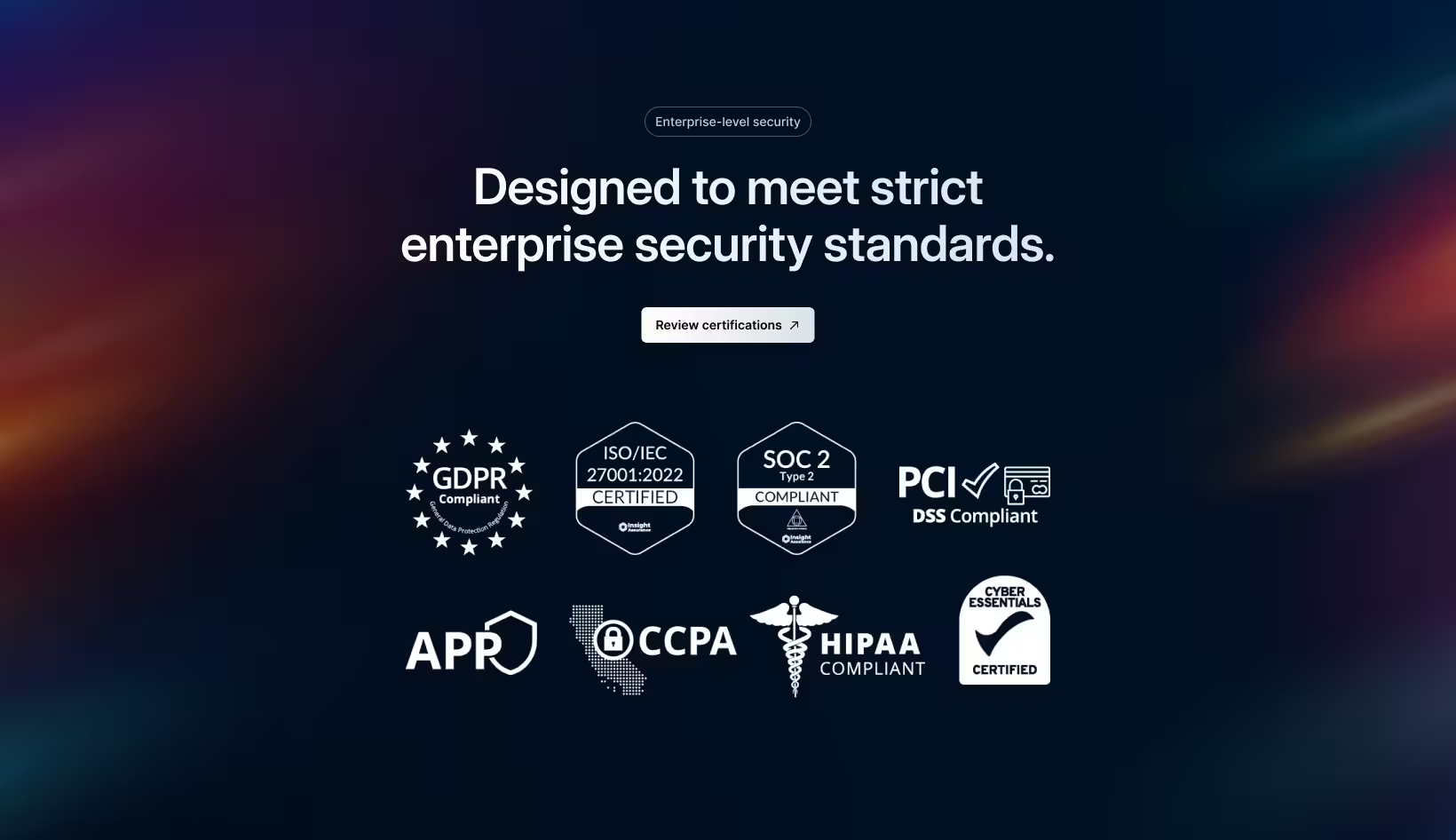
Security builds credibility long before login. Every visual detail, from SSL badges to lock icons, signals safety. Users need to feel their data and money are protected. Simple, human language that explains authentication, encryption, or data use reinforces your brand’s trustworthiness.
Leading fintech websites highlight credentials such as PCI DSS or ISO certifications without cluttering the interface. Strategic placement of badges, clear privacy sections, and visible encryption cues balance professionalism and reassurance.
When users feel calm and informed, they stay. After all, confidence is the most valuable currency in fintech.
4. Visual clarity
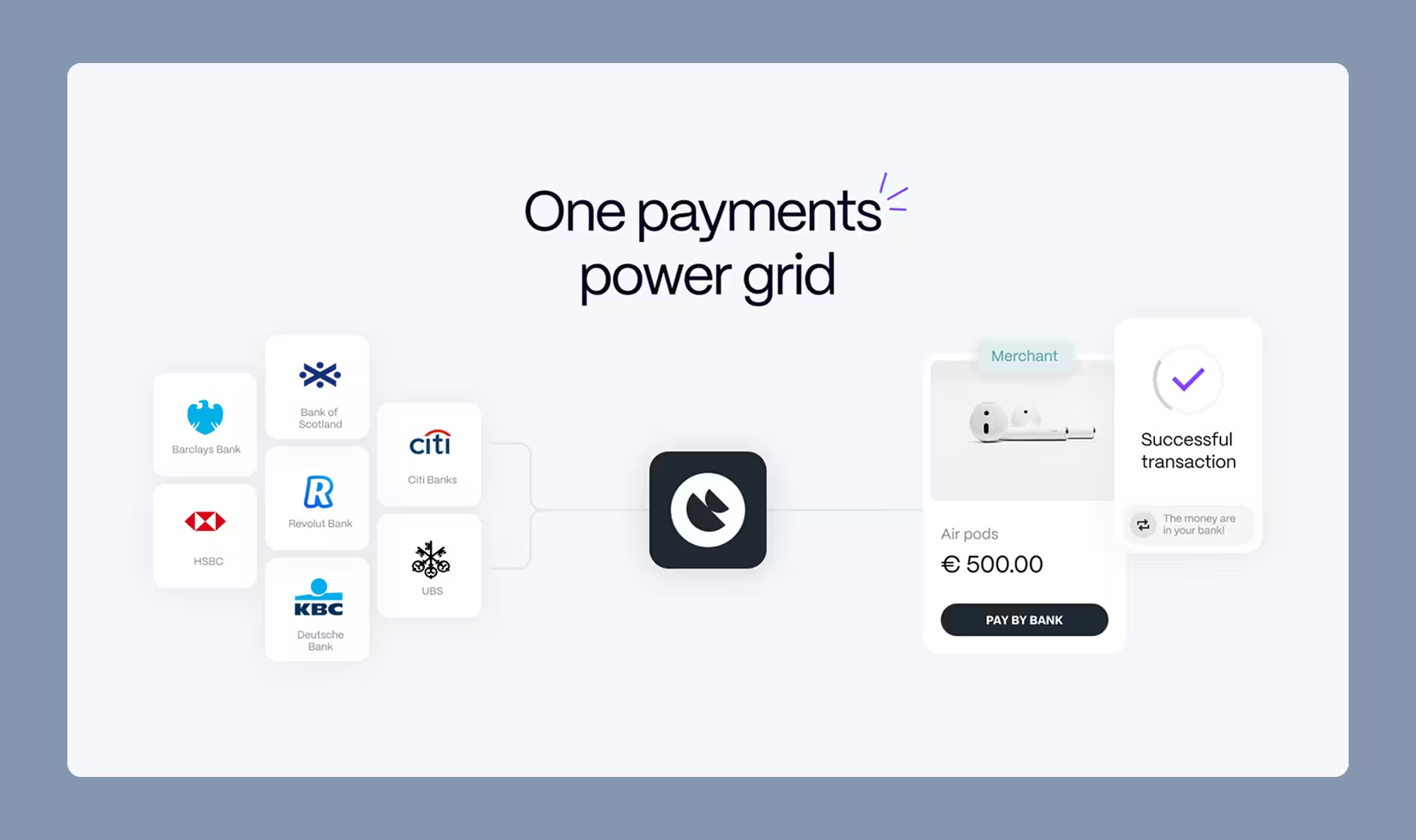
Simplicity in fintech is about organizing complexity so users can think clearly. Financial interfaces handle data that shifts constantly - rates, balances, performance metrics - and every visual choice either builds focus or creates friction. Good design doesn’t hide complexity, it arranges it with intention.
Hierarchy and focus
White space, alignment, and consistent grids guide the eye to essential insights. Clear hierarchy tells users where to look and when to act. A well-structured layout reduces mental load, turning data into understanding rather than confusion. We dive deep into this design approach in minimalist UI design: how less is more in web design.
Color psychology also plays a quiet but powerful role. Neutral tones, measured contrast, and subtle accents allow users to interpret results calmly and confidently.
Typography supports that clarity. Clean sans-serifs convey transparency and modernity, while balanced weights and spacing make data feel precise and controlled.
Designing data that tells a story
Charts and dashboards have evolved into storytelling tools. The way you visualize data shapes how users perceive their financial health. Animations that highlight progress, contextual tools that explain change or comparison show trends over time and turn numbers into narratives.
Microinteractions and motion cues guide emotion. A soft rise for growth, a fade for stability - visual reassurance that the system is under control. When information feels clean, balanced, and honest, users trust the numbers, together with the brand behind them.
5. Navigation and flow
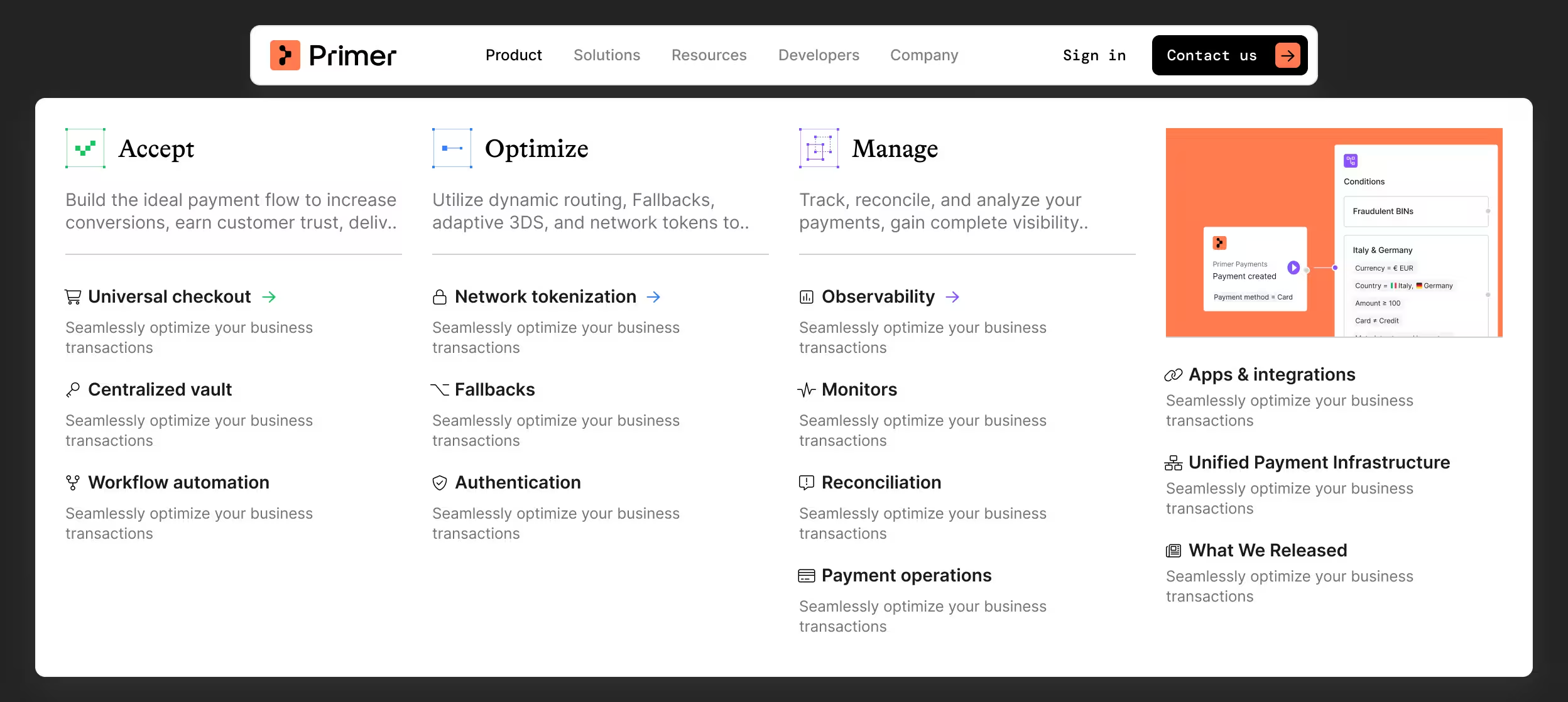
Navigation is the invisible architecture of a fintech experience. If users need to think about how to find something, the design has already failed. Take a look at our latest analysis on bad navigation mistakes and how to fix them.
The structure of your platform should feel effortless - guiding users naturally, without making them stop to decide what to do next.
Designing intuitive journeys
Group sections by intent rather than hierarchy - “For individuals,” “For businesses,” “For developers.” This mirrors how people think, not how companies organize. Familiarity plays a huge role here: sticky menus, bottom tab bars, and clear breadcrumb paths help users stay oriented and confident. The goal isn’t innovation, it’s flow.
Predicting user behavior and intent
Predictive search and intelligent shortcuts are redefining fintech UX. For instance, when a user types “transfer" they should see the exact action they want to complete. Navigation should feel one step ahead, anticipating what comes next instead of reacting to clicks. This blend of logic and intuition is what turns usability into satisfaction.
6. Content that connects

Content transforms fintech from abstract technology into a human experience. A fintech website should speak to common user goals like saving time, managing money, building freedom. Storytelling helps connect logic with emotion, turning “innovative fintech solutions” into relatable benefits.
From features to stories
Storytelling is about translating capability into confidence - showing users how your innovation fits their lives, not just their screens. Instead of “AI-driven analytics,” say “Insights that help you save more wisely”. Design and copy should feel like one language. Adding interactive infographics, short videos, or success stories help users see results.
Value-driven trust
Educational hubs, glossaries, and tutorials position your fintech brand as a source of knowledge, not just a service. When users learn something useful, they associate your brand with clarity and authority. This is how trust builds up - one helpful explanation at a time.
7. Strong call-to-actions (CTAs)
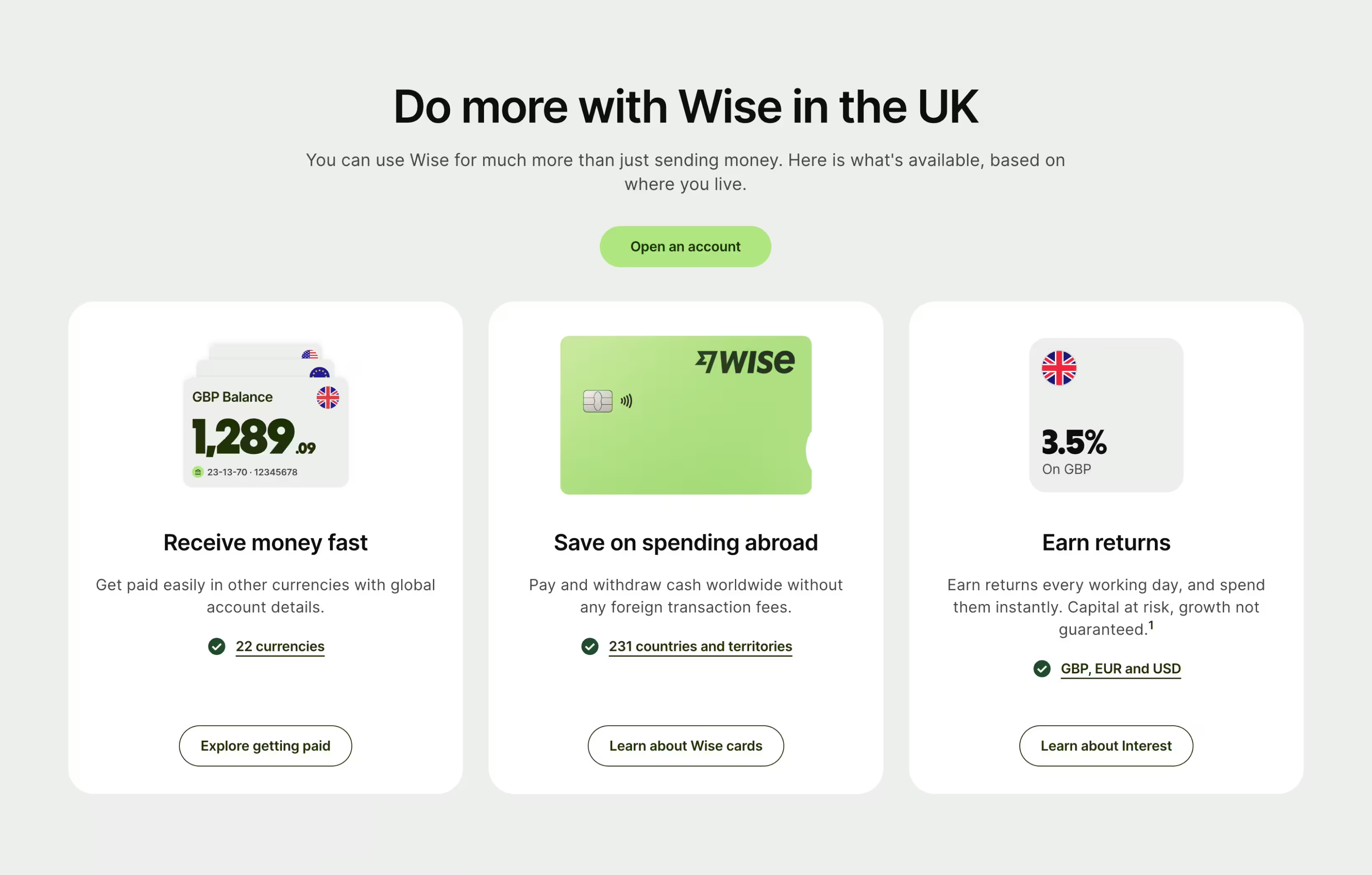
In fintech, people act when they understand - not when they’re pressured. The most effective call-to-actions appear where a user’s decision naturally peaks - after a clear value is established. Visually, contrast and hierarchy matter. CTAs should stand out, while staying true to the brand's color palette and tone.
CTAs like “Open your account” or “Start investing” should appear naturally after a value has been communicated. Supporting microcopy like “Takes under two minutes” or “You can cancel anytime” subtly eases hesitation and builds momentum.
Real-world feedback often reveals emotional blockers analytics can’t measure - fear, confusion, hesitation. Continuous testing then ensures your CTAs evolve with behavior.
Fintech digital transformation trends
The next wave of fintech design isn’t about features, it’s about foresight. AI, personalization, and embedded finance are reshaping what users expect: design must turn that complexity into clarity.
As technology takes over repetitive tasks, design can focus on the human layer - the element that keeps innovation relatable and intuitive. The future of fintech web design isn’t about adding more features, but about refining how those features think, feel, and connect across ecosystems. It’s a shift from building tools to building understanding and we're looking forward to some aspects like:
Personalized and adaptive UX
Adaptive dashboards that adjust to habits, voice commands that trigger transactions, and predictive insights that surface automatically are no longer futuristic - they’re becoming standard.
Integrated ecosystems
Fintech design no longer lives in isolation. Embedded finance turns every app into a potential banking experience. We, as designers now face a new challenge - to ensure that financial interactions remain seamless, contextual, and brand - consistent across third-party environments.
Invisible design
Users usually don’t notice great design - they notice when it’s missing and this will likely never change. The principle that UX feels invisible when it simply works is a timeless trend that will never fade away. The future belongs to fintech brands that create comfort through intuition - experiences that guide without speaking, predict without intruding, and empower without overwhelming.
Choosing the right fintech web design agency
Your website isn’t just a digital brochure - it’s the foundation of your customer relationship. Choosing a fintech web design agency should mean choosing someone who understands regulation, human behavior, and design scalability.
A true agency partner delivers systems that adapt - from compliance to conversion, the right team helps translate your business model into a digital journey users trust.
At StanVision, we specialize in creating fintech websites that convert trust into long-term growth. Our fintech web design services combine strategy, UX/UI, and storytelling to build meaningful digital ecosystems - from landing pages to enterprise platforms. Every project begins with listening - to your goals, your data, and your audience. Then we go beyond designing a website that looks credible, we design one that proves your credibility.


